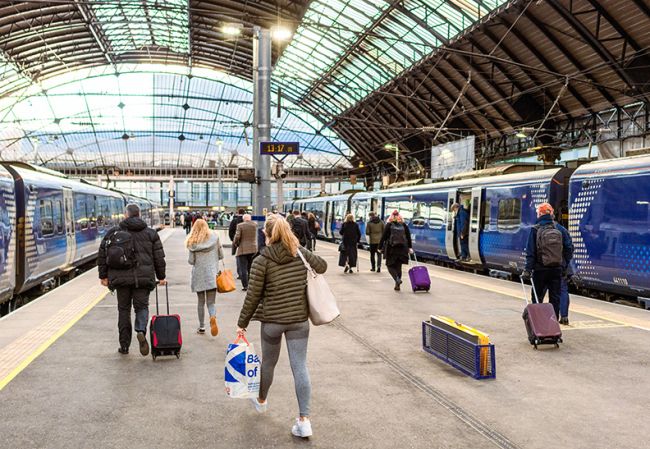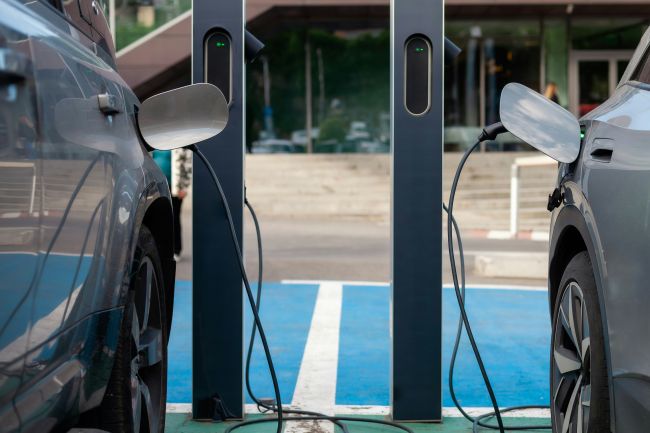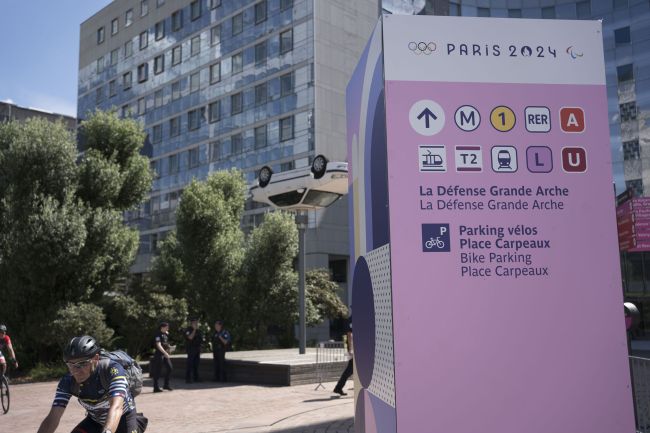Being truly inclusive: catering for hidden disabilities
People with a wide spectrum of ‘hidden’ disabilities can find it challenging to use mainstream transport services.

People with a wide spectrum of ‘hidden’ disabilities can find it challenging to use mainstream transport services. A simple journey can cause anxiety if the information provided is unclear, and a lack of confidence in explaining their needs to staff and other passengers can often add to the stress. There are many ways transport agencies can create a more inclusive and supportive environment for these passengers, often at minimal cost.
Considerable effort has been made towards making public transport networks more accessible for disabled people. The primary focus has been on improvements to hard infrastructure and vehicle design, to cater for people with physical and sensory impairments, with particular emphasis on the needs of wheelchair users. These efforts are necessary, but it is important to remember the broader spectrum of disabilities, many invisible to the casual observer, which nevertheless create severe difficulties when attempting a journey. In the UK, only 10% of disabled people use a wheelchair, so the scale of the problem often goes unrecognised.
People with hidden disabilities are among the most reliant on public transport but face significant problems when navigating the network. Key reasons for not using fixed route services relate to anxiety and lack of confidence, particularly in interactions with staff and other passengers. Potentially limiting conditions affecting ability to use bus and rail services include, but are not limited to, dementia, intellectual disabilities, dyslexia and autism.
Creating a more inclusive and supportive travel environment has significant social benefits, but also makes financial sense. From the perspective of care providers, enabling clients with cognitive and intellectual impairments to use mainstream public transport to access medical appointments, educational opportunities or social functions would reduce demand for costly dedicated transport options or home visits. From the perspective of transport operators, there is also scope to broaden the potential market of fare-paying passengers, and to encourage reluctant users to travel more often.
The wide spectrum of individual impairments means it is impossible to address everyone’s needs perfectly. However, we can go a long way by starting with interactions between front line staff and customers. The ability to ask for help and to get a supportive response is vital. This does not mean expecting every bus operator to identify specific disabilities, but simply to recognise signs of distress and to provide appropriate customer service.
Staff training can make an essential contribution to making public transport truly accessible for people with disabilities. Many operators provide refresher courses on disability awareness and how to support people with dementia. However, it is vital that staff are encouraged to put their training into practice, providing the necessary confidence to act.
In the UK, a range of Safe Journey cards let disabled passengers discretely inform the bus driver of their requirements, and prompt staff to respond sympathetically. The cards were initially developed by First Group in consultation with Age UK, and are now issued by many other providers using a standardised card format designed to be universally recognised. Anecdotal evidence suggests that the cards have helped reduce anxiety felt by disabled bus users and increase confidence that their needs will be met. It would be a relatively small step to add equivalent information to personalised smartcards, used as concessionary passes or travelcards, which automatically flag up needs to the driver.
Many disabled people suffer from chronic pain and find it difficult to stand on crowded services. Recognising that not everyone who needs a seat may look disabled, Transport for London launched a ‘Please offer me a seat’ badge for customers with hidden disabilities. Users in the initial trial reported 72% of journeys as being easier as a result of the badge, with over a third spontaneously offered a seat, and only 4% of requests refused. These results contrast with the experience of a control group where only 6% were offered a seat and 31% of requests refused without the badge. The initiative appears far more successful than publicity campaigns, which simply encourage travellers to vacate designated priority seats.
Another means of simplifying the journey is to provide clear information; offering reassurance at every stage of the journey helps reduce stress. In this context one size and one approach definitely does not fit all: there are often contradictory needs. This means providing information in a range of alternative formats and being prepared to work with personalised apps and devices, which people bring with them.
Wayfinding and signage strategies need to address different impairments, including the needs of dyslexic people. Bus route numbers may be easily confused (e.g. 15 or 51), but adding a colour may provide vital clarity, as can at-stop announcements of the next bus arriving. Interfaces between service providers, with changes in responsibility for signage, can create problems where there is a lack of continuity or inconsistency between the place names used.
To get the best results we must consult disabled people about their needs and fully involve them in the design, development and improvement of transport facilities.
At Steer, we ensured extensive engagement with disabled representatives in our work on Transport for London’s best practice interchange guidelines and Network Rail’s Station Planning and Station Wayfinding design guidelines in London. These included workshops and accompanied site visits to experience the day-to-day issues and problems encountered by users with a range of impairments. In Canada, we are engaged in a wayfinding project where we have used the output of workshops with local physically and visually-impaired groups in developing the specifications of a mobile app covering Toronto’s parks and green spaces.
Acknowledging the needs of travellers with hidden disabilities, and providing support at critical times, requires minimal changes to the physical environment and can be delivered at minimal cost, but can significantly improve the quality of their journey experience. It is important to remember that many potential initiatives will benefit everyone at some point in their life.
























